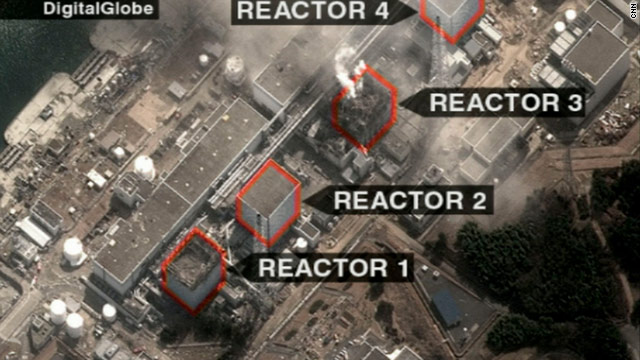

“Exposures were too low for acute effects at the population level to be observed in marine organisms,” the study’s researchers wrote. And, in 2016, Jordi Vives i Batlle of the Belgian Nuclear Research Centre published a study in the journal Integrated Environmental Assessment and Management, found that radiation levels within the Fukushima fauna were actually lower following the incident than initially predicted. A marine survey conducted in June of 2011 and published in PNAS that December announced that it had detected found cesium through nearly all of the offshore marine waters out to 600 km and found evidence of of its uptake (as well as that of silver-110) into zooplankton as well as mesopelagic fish.Ī 2013 study from the World Health Organization failed to find an observable increase in local cancer rates immediately following the meltdown. However, its continued presence may not end up being the apocalyptic ecological event biologists and marine initially feared.īesides the immediate concerns of a mass die-off caused by acute radiation poisoning (which thankfully did not come to pass) researchers feared the long-term impacts of chronic cesium-137 exposure once the radioactive materials entered the food chain. While the iodine dissipated quickly thanks to a 8-day half life, the cesium (with a 30-year half life) has stubbornly persisted in the waters off of Fukushima Bay. In 2011, the Tokyo Electric Power Company (TEPCO) reported that seawater sampled near the site contained 5 million times the legal limit of iodine-131 and around 1 million times the legal level of cesium-137.

“We haven't yet seen enough data to assess what's going on, so anything that can be done in terms of further monitoring would be very welcome,” he continued.ĭuring the initial months of the nuclear meltdown, monitoring agencies saw extensive releases of iodine-131 and cesium-137.
#Nuclear reactor meltdown in japan full
We have a few data points from the Japanese - all close to the coast - but to understand the full impact, including for fisheries, we need broader surveys and scientific study of the area.” We still don’t know the whole range of radioactive compounds that have been released into the ocean, nor do we know their distribution. “My biggest concern is the lack of information. “Given that the Fukushima nuclear power plant is on the ocean, and with leaks and runoff directly to the ocean, the impacts on the ocean will exceed those of Chernobyl, which was hundreds of miles from any sea,” Ken Buesseler, senior scientist at the Woods Hole Oceanographic Institution, said as the situation unfolded in 2011. The proposed action would not take place for at least two more years, but it has already prompted outcries from both Japan’s domestic fisheries and its international neighbors. “Disposing of the treated water is an unavoidable issue in decommissioning the Fukushima Daiichi plant,” Prime Minister Yoshihide Suga told reporters during a recent news conference. Really, what could go wrong with a plan to release radioactively contaminated liquids - despite being stringently purified - into the open ocean? Perhaps not as much as we’d initially feared.

Problem is, the site is running out of space so the plan is to slowly release the treated water, gradually diluting it into the surrounding seas over the course of 20 to 30 years.
#Nuclear reactor meltdown in japan series
This water has been stored in a series of 1,000 submerged metal tanks holding the equivalent to 500 Olympic sized swimming pools, which have been built out of over the years as increased capacity has become necessary. The government reportedly has approved a plan to dump more than a million tons (~250 million gallons) of seawater treated with the Advanced Liquid Processing System which has been stored at the Fukushima site into surrounding Japanese waters. Now, as a decommissioning project that is expected to take a generation to complete enters its second decade, Japan’s government announced a controversial decision regarding the site’s continued cleanup. And, as of 2018, around 2 gigabecquerel of radioactive pollution still manages to escape the site daily. As the incident unfolded in March, 2011, the stricken power plant released massive amounts of cesium-137 into the surrounding environment (roughly 80 percent of the material running into the Pacific ocean) and continued to pour out around 30 gigabecquerel of cesium-137 and strontium-90 for the next two years. It’s been ten years since the devastating 9.0 magnitude Tōhoku earthquake and its subsequent 46 foot-tall tsunami killed more than 18,000 people, obliterated entire towns, and crippled the Fukushima Daiichi nuclear power plant on Japan’s eastern coast.


 0 kommentar(er)
0 kommentar(er)
